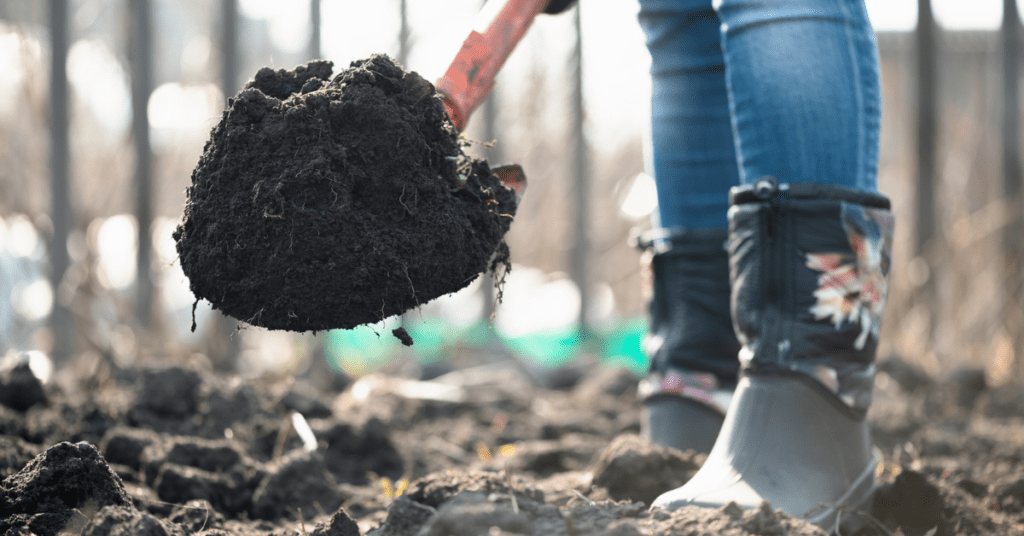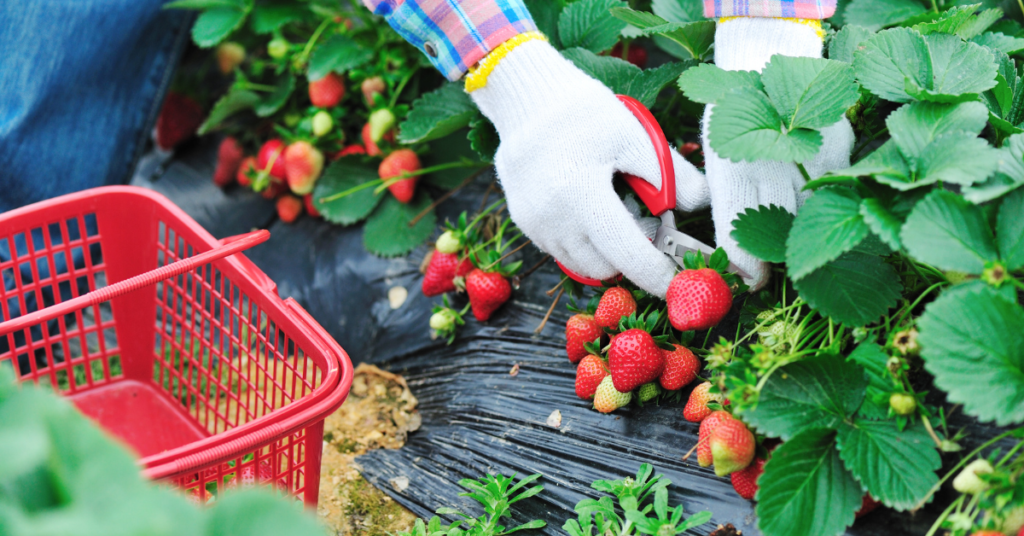Winter gardening is an art form; like any art form, it requires a lot of patience, dedication, and knowledge.
It’s a unique way to grow vegetables and other plants in the cold months and can be incredibly rewarding.
In this blog, we’ll uncover the secrets of winter gardening and explore what you can grow in the colder months. So, let’s get started!
Introduction to Winter Gardening
Winter gardening is the art of growing plants in the year’s colder months. It’s not just limited to vegetables but can include flowers, herbs, and even trees in some cases.
Winter gardening requires special considerations, such as the types of plants that can survive the cold, how to prepare the soil, and how to protect the plants from the elements.
It can be a rewarding experience; you can have a successful winter garden with the proper knowledge and dedication.
Benefits of Growing Plants in the Winter

Winter gardening has many benefits, both for the environment and for you.
For one, it can help reduce your carbon footprint. Growing food at home reduces the need for transportation and packaging, reducing emissions.
It also allows you to have fresh produce year-round to enjoy the fruits of your labor all year. Finally, it can help you save money.
Growing your own food can save money on buying groceries, which can be especially helpful in winter.
Plant Selection for Winter Gardening
When it comes to winter gardening, choosing the right plants is vital. Not all plants can survive cold temperatures, so selecting the right ones is essential.
The best plants for winter gardening are hardy and cold-tolerant varieties, such as kale, collard greens, spinach, carrots, beets, and turnips. These vegetables can survive temperatures as low as 20 degrees Fahrenheit, so they’re ideal for winter gardening.
Preparing the Soil for Winter Gardening

Preparing the soil for winter gardening is essential for the success of your garden. Since the soil will be frozen for much of the winter, ensuring it’s ready to go when it thaws is essential.
Before you plant, add compost or other organic matter to the soil to help it retain moisture and nutrients. You should also make sure the soil is well-drained to prevent it from becoming waterlogged.
Best Practices for Growing Plants in the Winter
Once you’ve chosen your plants and prepared the soil, it’s time to start planting.
When planting in the winter, it’s important to space your plants further apart than you would in the summer. This will help prevent overcrowding and help the plants get the light and air they need to thrive.
You should also cover your plants with a layer of mulch to help protect them from the elements.
Finally, water your plants regularly, even in the winter, to help them stay healthy.
Protecting Plants from the Elements
Protecting plants from the elements is an essential part of winter gardening. This includes protecting them from the cold, wind, snow, and ice.
Adding a layer of mulch or straw can help insulate the soil and keep it warm. You can also use a cloche or row cover to protect plants from the wind and provide additional insulation.
Finally, you can use a cold frame or hoop house to help keep plants warm on cold nights.
Harvesting and Storing Winter Crops

Harvesting winter crops can be tricky since they are usually ready to harvest at different times. You should gather your crops as soon as they’re ready and store them in a cool, dark place.
When storing winter crops, it’s essential to keep them in an airtight container to maintain their freshness. You can also freeze or can your winter crops, which will help them last longer.
Winter Gardening Tips and Tricks
Winter gardening can be tricky, but a few tips and tricks can help you succeed.
For example, you should water your plants regularly, even in the winter, to keep them healthy.
You should also mulch around your plants to help them retain moisture and keep the soil warm.
Finally, you should use a cloche, row cover, or cold frame to protect your plants from the cold and wind.
Troubleshooting Common Winter Gardening Issues

Winter gardening can be challenging, and you may run into some issues along the way.
One common issue is pest control. It’s essential to watch for pests and take action to prevent them from damaging your plants.
You can also use natural pest control methods, such as hand-picking, to help keep your plants safe. Another issue to watch out for is the disease.
Check your plants regularly and take action to prevent diseases from spreading.
Final Remarks on Winter Gardening
Winter gardening can be an enriching experience but requires knowledge, dedication, and patience.
To get started, select the right plants, prepare the soil, and protect your plants from the elements. You should also make sure to water your plants regularly and harvest your crops when they’re ready.
With these tips, you can have a successful winter garden. So, get out there and start gardening!
Does winter gardening sound like something you want to try? Share what is on your mind about it in the comment section!

